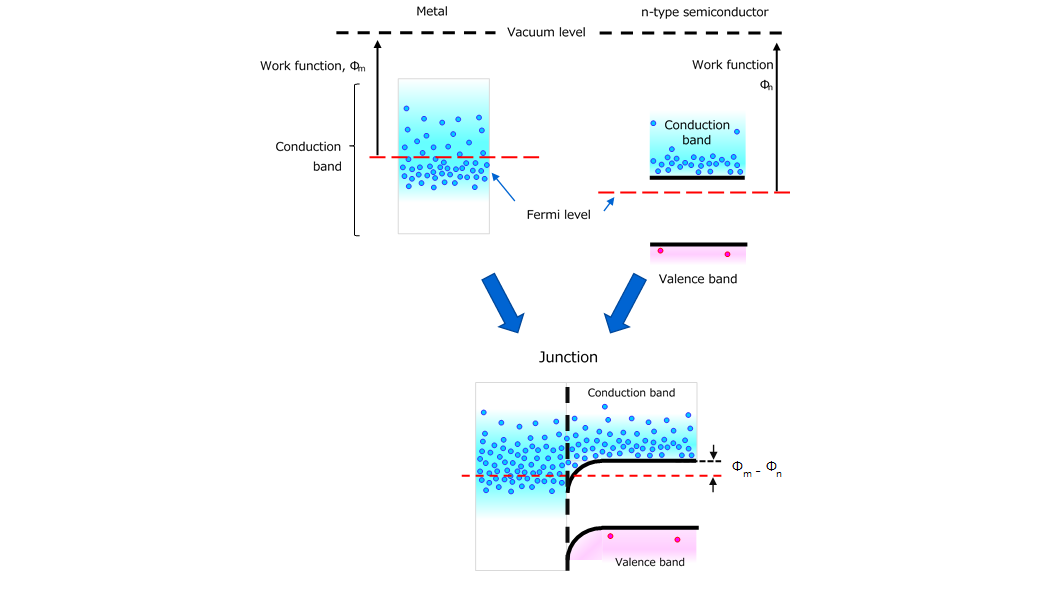- 型号 & 关键词搜索
- 交叉搜索
- 参数搜索
- 库存查询与购买
This webpage doesn't work with Internet Explorer. Please use the latest version of Google Chrome, Microsoft Edge, Mozilla Firefox or Safari.
请输入3个以上字符 Search for multiple part numbers fromhere.
The information presented in this cross reference is based on TOSHIBA's selection criteria and should be treated as a suggestion only. Please carefully review the latest versions of all relevant information on the TOSHIBA products, including without limitation data sheets and validate all operating parameters of the TOSHIBA products to ensure that the suggested TOSHIBA products are truly compatible with your design and application.Please note that this cross reference is based on TOSHIBA's estimate of compatibility with other manufacturers' products, based on other manufacturers' published data, at the time the data was collected.TOSHIBA is not responsible for any incorrect or incomplete information. Information is subject to change at any time without notice.
请输入3个以上字符
2-2.欧姆接触(欧姆结)Φm<Φn
设金属的功函数为Φm,n型半导体的功函数为Φn。当Φm<Φn时,半导体与金属接触时形成欧姆结。
图2-4显示了n型半导体和金属形成的欧姆结的能带图。欧姆结没有扩散势垒。因此,无论极性如何,施加外部电压都会导致电流流动。与肖特基结不同,欧姆结不会表现出类似于二极管的整流特性。例如,欧姆结用于半导体芯片上的焊盘,以形成与其封装的互连。


